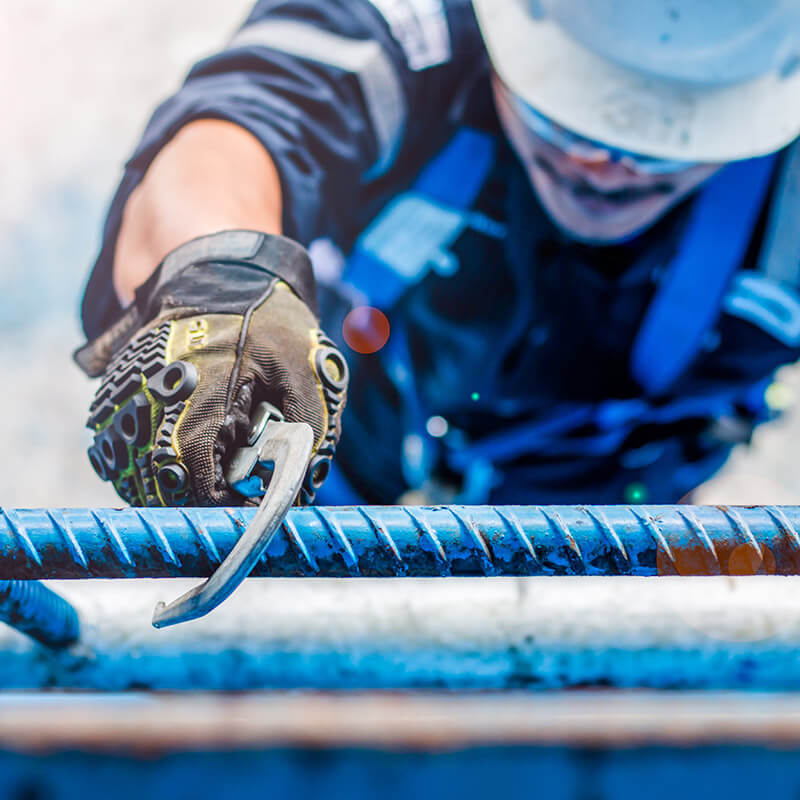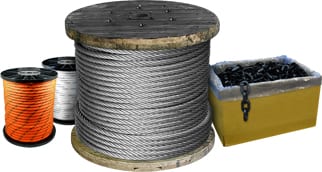Product Description
Our high-quality trailer winches, when properly installed, provide a safe method of securing cargo on utility trailers, farm flatbeds, heavy-duty flatbeds, railcars and other vehicles. We offer a wide selection of bases, mandrel designs and mounting applications that can be used with webbing straps (up to 4" in width), wire rope or cable to suit a variety of load securement needs. These winches have been designed, tested and labeled to meet or exceed all U.S. Department of Transportation (DOT) and Transport Canada (TC) regulations (including Test Method 905), Commercial Vehicle Safety Alliance (CVSA) guidelines, Web Sling & Tiedown Association (WSTDA) recommended standard specifications, California Highway Patrol (CHP) regulations, and FMCSA (Federal Motor Carrier Safety Administration) regulations including the North American Cargo Securement Standards effective December 26, 2002.
- Weld-on under mount cable winch with post for flatbed tie down
- Designed for under mount or bottom mount applications only
- For use with wire rope and/or cable as the binder when securing a load to a vehicle
Specifications
Safety Notice
Although Bishop Lifting strives to manufacture and sell the highest quality rigging and safety gear, use of the gear is dangerous if not used correctly by competent trained professionals. Bishop Lifting disclaims any liability resulting from the misuse of its rigging and safety gear. Please take a moment to more thoroughly review our disclaimer.
Bishop Lifting rigging and safety gear is only intended to be used by competent trained professionals. Misuse of the rigging and safety gear can result in serious injury up to and including loss of life. As such, Bishop Lifting disclaims liability for any misuse or incorrect product selection by our customers.
Rigging and safety gear purchased from Bishop Lifting should be used in strict accordance with all industry and OSHA standards. At no time should rigging or safety gear be used beyond its certified load ratings (aka Working Load Limits). Normal wear and tear should be expected with use of rigging and safety gear; therefore, all gear should be thoroughly inspected before each and every use. Worn or unsafe rigging and safety gear should never be used.














